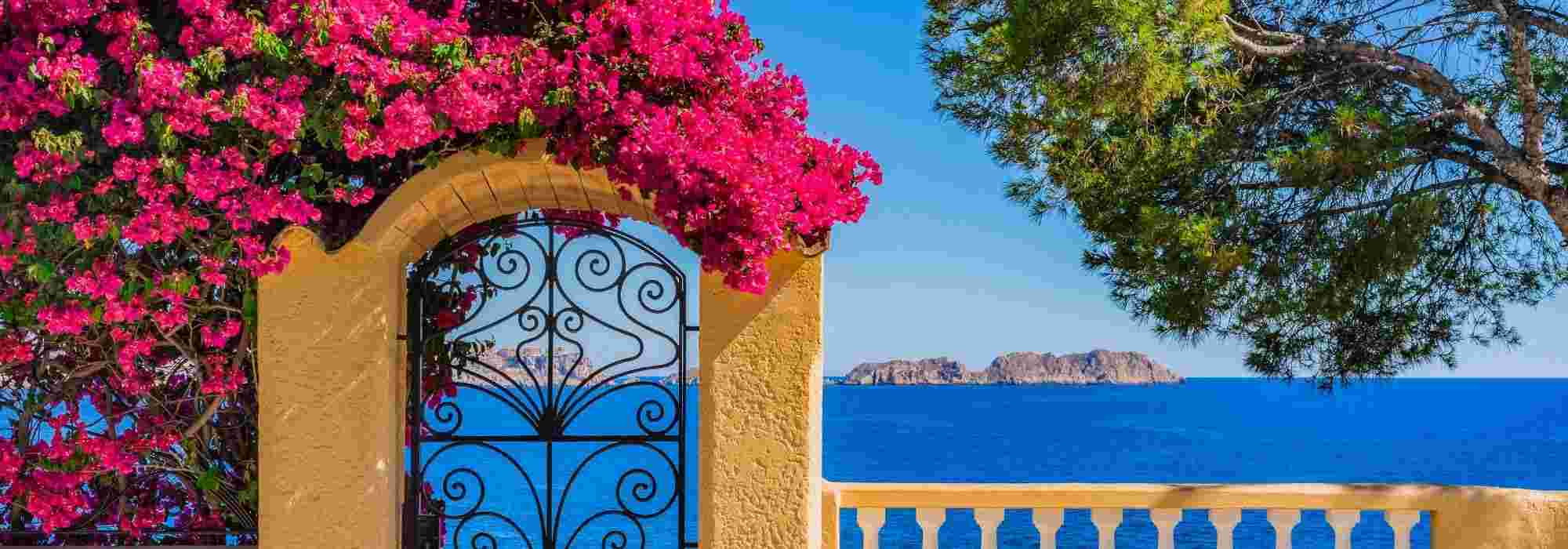
6 climbing plants for coastal areas
To grow in open ground or in a pot
Contents
By the ocean, cultivated plants benefit from a very particular climate: while it is generally mild and winters are moderate, it also brings its share of unique conditions. Plants must indeed adapt to the humidity and sometimes violent winds carrying sea spray (fine droplets of saltwater).
The terroir of these coastal regions is also specific: the soil is often stony, even sandy, rather poor, but well-drained.
So if you wish to adopt a climbing plant to green up a structure, dress a wall, hide a building, or beautify an old tree, choose varieties suited to these oceanic conditions and seaside gardens.
Here is our selection of 6 climbing plants perfect for the Atlantic coast!
Trumpet vine, a true tropical charm
Trumpet creepers (Pandorea jasminoïdes) are beautiful perennial climbing plants, whose long summer flowering undeniably adds a touch of exoticism to the garden. They are native to the south-east of Australia.
This climber flowers from May-June until September, adorned with adorable funnel-shaped clusters of flowers measuring 6 to 8 cm, revealing large petals. The variety ‘Rosea’ offers pale pink trumpets enhanced by a bright pink throat, leaning towards purple. Meanwhile, the variety Pandorea jasminoïdes ‘Blanc’ produces pure white petals, contrasting beautifully with the dark pink centre.
Slightly fragrant and melliferous, they are highly appreciated by pollinating insects.
Their foliage consists of lanceolate leaflets displaying a shiny dark green that beautifully highlights the flowers. It has the advantage of being evergreen, allowing the climber to maintain its aesthetic qualities even in winter.
This liana has a rapid growth rate and can reach heights of 6 to 8 metres with a spread of 3 metres at maturity. With its voluble stems, it will spontaneously climb a pergola, trellis, or even an old tree.
Fond of warmth and sunlight, it is also tolerant of sea spray, making it ideal for coastal areas. While commonly found along the Mediterranean coast, it is also suited to the oceanic climate of the south, such as in the Basque Country, where the trumpet creeper can be grown in the ground in a sheltered position.
Frost-sensitive, the trumpet creeper is indeed not hardy and fears frost. However, under a thick mulch and once well established, the stump can withstand temperatures down to -5°C and regrow in spring.
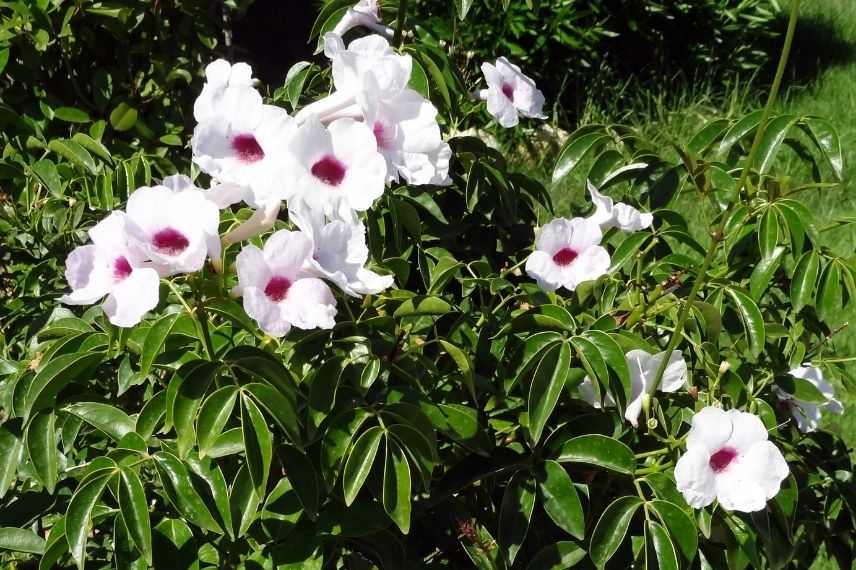
Pandorea jasminoides
Read also
10 climbing plants for mild climatesCoral plant, a rarity that boasts many qualities
The coral plant (Berberidopsis corallina) is a perennial climbing plant native to the forests of Chile. It offers a late summer flowering that extends into autumn.
From July to October, its long peduncles are adorned with clusters of small, graceful, round bells reminiscent of fuchsia buds. These flowers display a very bright coral waxy colour.
But it is also its glossy evergreen foliage and its elongated heart-shaped leaves that add to the charm of this bushy liana.
The coral plant clings to available supports with its voluble stems and some aerial roots. Its silhouette reaches heights of 3 to 5 metres with a spread of about 1 to 3 metres. If this climber is not provided with a support, it can be pruned to form a true green dome.
Perfectly suited to the oceanic climate, it tolerates soil moisture and sea spray, while being relatively resistant to diseases. Prefer a semi-shaded or slightly sunny position, sheltered from prevailing winds.
Berberidopsis corallina appreciates well-drained, rich, slightly acidic soils. It can be perfectly suitable for cultivation in a large container, to be placed outdoors or in a not overly sunny cold greenhouse or conservatory.
Hardy down to -10°C, in its climate with cold but dry and short winters, it can only be grown in the ground in the mildest regions of the Atlantic coastal area.
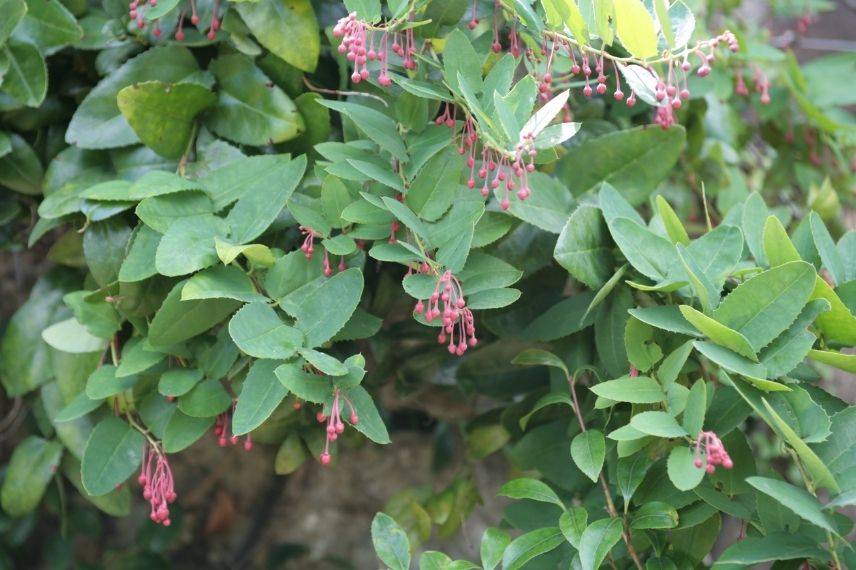
Berberidopsis corallina
Discover other Climbers
View all →Available in 0 sizes
Available in 0 sizes
Available in 0 sizes
Available in 0 sizes
Available in 0 sizes
Available in 1 sizes
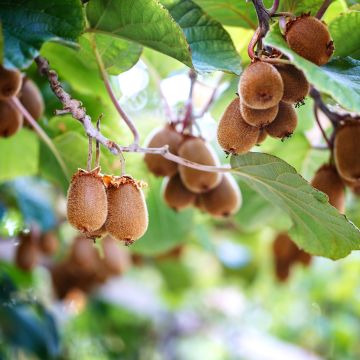
Available in 2 sizes
Available in 1 sizes
Available in 1 sizes
The pink bignonia, a vigorous climbing plant with magnificent flowering
The pink bignonia (Podranea ricasoliana), Ricasoli bignonia or orchid liana, is a large perennial climbing plant native to South Africa. At maturity, it can indeed reach up to 9 metres in all directions.
Its woody climbing stems will require a sturdy support to grow well and display their full potential. The plant will thus quickly cover pergolas, walls, or unsightly buildings.
From late summer until the first frosts between September and November, it rewards us with a splendid flowering of fragrant, melliferous trumpet-shaped blooms. The cultivar ‘Comtesse Sarah’ flowers from early summer in June until October.
Its clusters of large funnels measuring nearly 8 cm display a lovely pink hue leaning towards lilac, enhanced by purple striations radiating from the centre and a throat marked with yellow. They are complemented by bright green, slightly dentate, evergreen leaflets in mild climates.
Hardy down to -5°C, the well-protected stump under a thick mulch can even regrow after -8°C, provided it is placed in a sheltered position.
The pink bignonia prefers warm, sunny locations to flower well. Tolerant of all types of soil, even poor and calcareous, it proves to be water-efficient once well established. Most importantly, it demonstrates good resistance to winds and sea spray, making it an ideal candidate for seaside gardens.
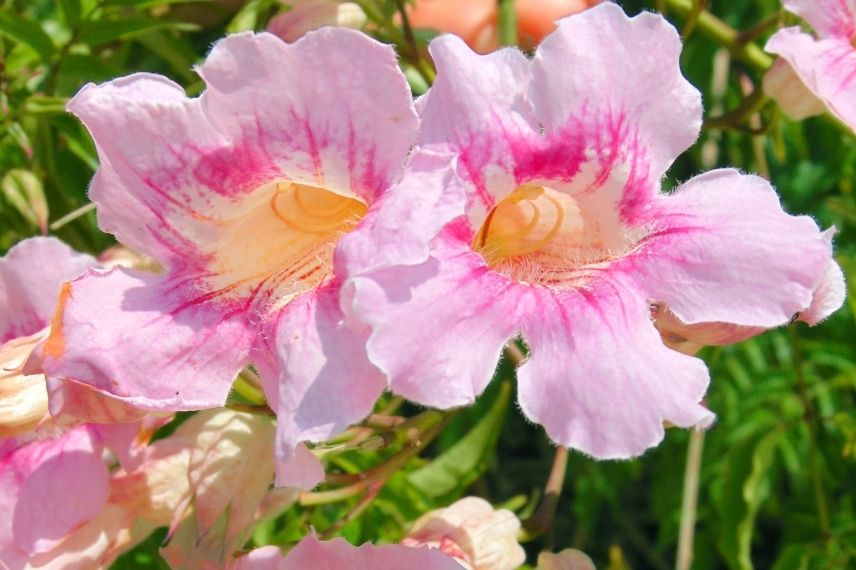
Podranea ricasoliana
Read also
10 perfect bushes for a seaside gardenBougainvillea spectabilis, an extraordinary palette of vibrant colours
Bougainvillea is a spectacular climbing plant emblematic of both the Mediterranean and Atlantic coasts. Its incredible colourful bracts come in many warm shades, illuminating the garden from late spring to early autumn.
This is the case for:
- bougainvillea spectabilis ‘White’ with white bracts veined in green
- bougainvillea spectabilis ‘Orange’ with orange and golden hues
- bougainvillea spectabilis ‘Purple Violet’, displaying deep purple with fuchsia highlights
- bougainvillea spectabilis ‘Deep Red’, whose name perfectly evokes its colour
- bougainvillea spectabilis ‘Pink White’, offering white with pink veins
- bougainvillea spectabilis ‘Yellow’, a very bright golden yellow leaning towards orange
It is indeed not the small tubular flowers that steal the show with this climbing plant, but its heart-shaped, membranous, veined bracts.
The green foliage has a satin appearance.
Fond of sunlight, the bougainvillea will thrive in any well-drained soil, even poor and stony. Easy to grow, it can reach 8 metres in height at maturity. Its woody stems cling using small thorns acting as hooks. They will be trained to climb a trellis covering a wall, pergola, or arch.
Frost-sensitive, the bougainvillea should be grown in a pot in most regions outside the Mediterranean basin and Atlantic coast. Whether in the ground or in a pot, the plant must be wintered to survive the cold season.
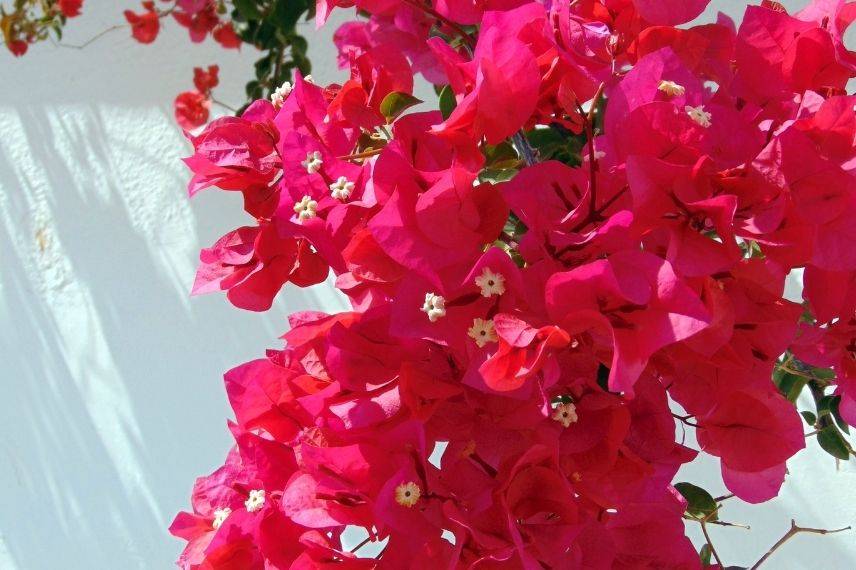
Bougainvillea spectabilis
Star jasmine, a lovely fragrant flowering
The star jasmine or Trachelospermum is a climbing plant with evergreen foliage native to Asia, capable of reaching heights of 3 to 6 metres.
Summer flowering occurs from June to August-September. True to its name, this climbing plant adorns itself with delicate star-shaped or helical flowers, whose 5 petals are curled inwards. The colours are varied:
- Trachelospermum jasminoides offers a bright cream-white
- ‘Star of Toscane’ presents a soft, tender yellow
- Trachelospermum asiaticum ‘Pink Showers’ displays a rarer pink, highlighted by a yellow centre
- ‘Sun Lover’ is characterised by its variegated foliage, which serves as a backdrop to the white flowers
- it is in winter that Trachelospermum jasminoides ‘Winter Ruby’ makes a statement, with its glossy foliage turning red-purple
The flowers exude a sweet fragrance and are regularly visited by pollinating insects.
It is worth noting that although their flowers bear a resemblance, jasmine and our Trachelospermum do not belong to the same family.
This climbing plant with a voluble stem will spontaneously wrap around any supports available: fencing, trellis, other plants, etc.
Tolerant of sea spray, adaptable to most soils, low in water requirements, and acclimating to both full sun and partial shade, the star jasmine is an excellent candidate for coastal gardens along the Atlantic shoreline.
It offers moderate hardiness down to -10 or -15°C maximum.
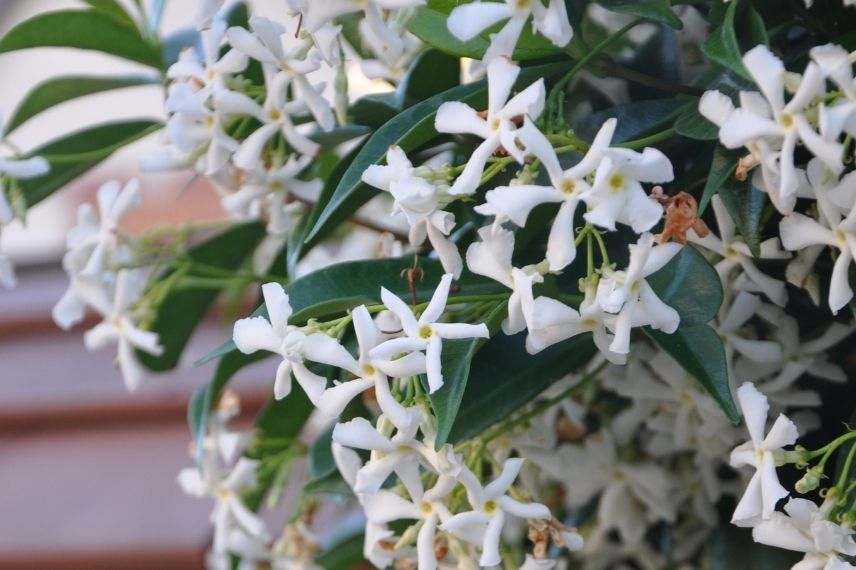
Trachelospermum jasminoides
Indian morning glory, a climbing plant with spectacular dimensions
The Indian bindweed (Ipomoea learii) is a generous perennial liana native to South America, with dimensions at ripeness that can exceed ten metres in all directions.
From July until the first frosts, it displays magnificent funnel-shaped corollas nearly 10 cm across, revealing a blue-violet striped with pink, illuminated by a small white throat. The flowers take on purplish hues throughout the day and delicately close in extreme heat or at the end of the day. Although unscented, they still delight many pollinating insects.
The dark green foliage is deciduous.
The long, voluble stems of the Indian bindweed will quickly colonise arbors, fences, old trees, or trellised walls.
Withstanding winds and sea spray, drought-resistant and tolerant of even poor soils, this climbing plant thrives in the northern regions of Spain, in the slightly humid areas of southwestern France, and in the south.
While the aerial parts are frost-sensitive, the stump can withstand temperatures down to -8°C and may sprout again in spring spontaneously.
In a mild climate, its lushness makes it a very expansive climber, which will require regular pruning to contain.
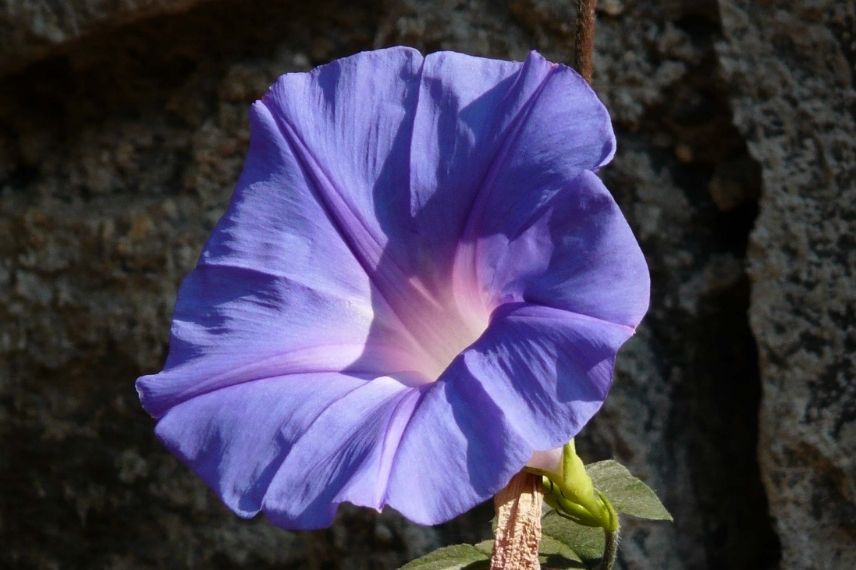
Ipomoea learii (photo Dinesh Valke)
- Subscribe!
- Contents
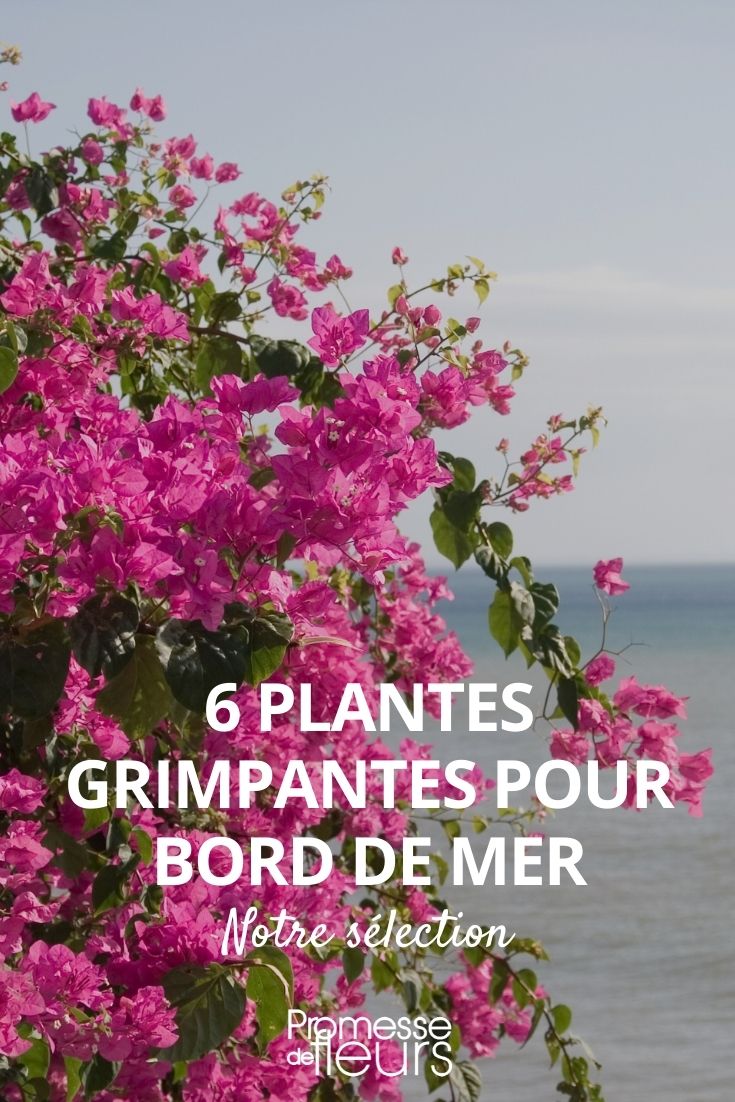































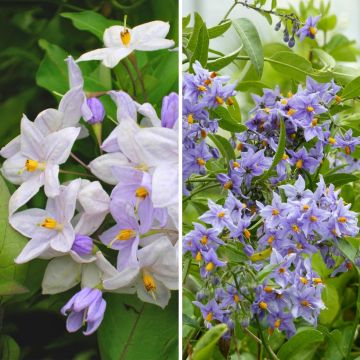
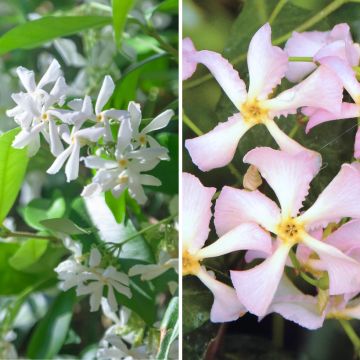

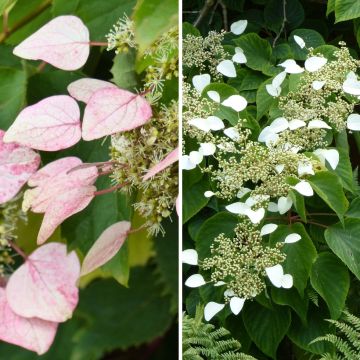
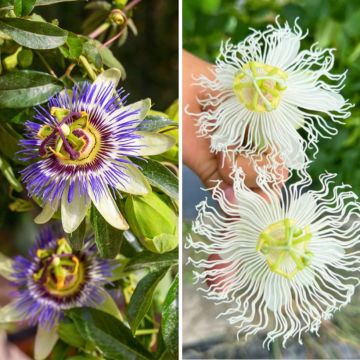

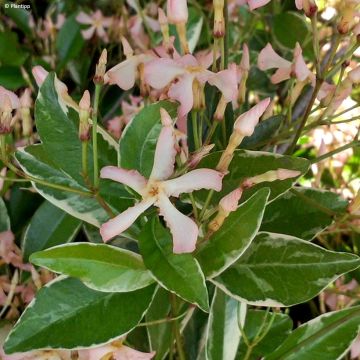
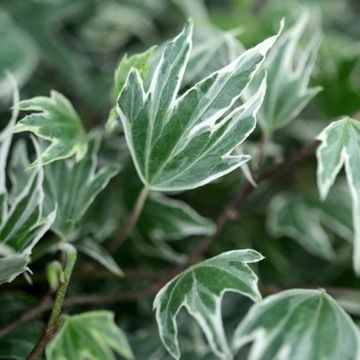
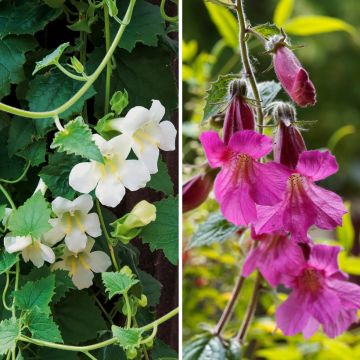
Comments